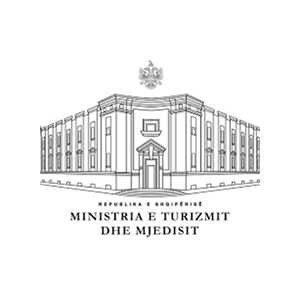Working Subgroup for Nature Protection
The sub-chapter on Nature conservation includes 10 EU directives/regulations having the overall scope to protect natural values. However, the specific scope of each directive/regulation differs from overall habitats and species to specific elements of biodiversity.
- The main and most important directives are the Wild Birds and Habitats Directives regulating the protection of species and habitats through the establishment and proper management of a network of designated areas known as Natura 2000 network.
- The CITES regulation sets up requirements for the protection species of wild fauna and flora by regulation their trade.
- The Zoo Directive sets up requirements for the establishment, licensing and management of Zoos with the primary objective of ex-situ conservation of wild animals.
- The FLEGT and EUTR regulations aim to regulate the trade of an important natural resource such as timber. Both regulations set up requirements for market operators placing timber products on EU market to respect and provide for appropriate forest law enforcement, governance and trade.
- The regulation on access to genetic resources and fair and equitable sharing of benefits from their utilization is a complex regulation aiming to regulate the register of genetic collections, monitor user compliance and promote best practices.
- The regulation on leg-hold traps aims to halt the use of cruel animal trapping tools by prohibiting both the sale of equipment as well as pelts obtained from animals trapped by their use. Additionally the directive on the import of skins of certain seal pups and the regulation on the trade of seal products aim to protect a diverse clade of carnivorous, fin-footed, semi aquatic–marine mammals (the seals).




